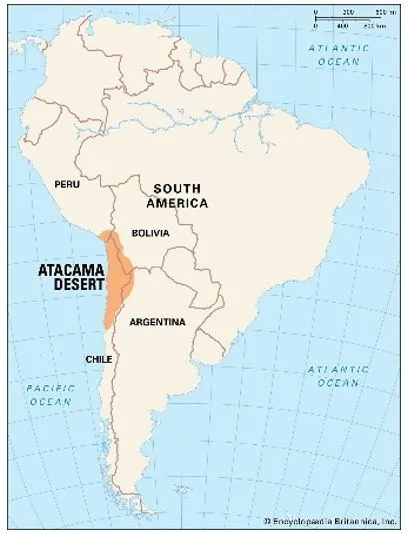

6th June 2024 (12 Topics)
Context
Chile is all set to install the largest digital camera for astronomy (resolution above 3.2 gigapixels), on the edge of Atacama desert.
Key Details:
- Location: Cerro Pachón in the Coquimbo region, Chile.
- Camera: It's massive, weighing almost three tons, with a resolution of over 3.2 gigapixels.
- Purpose: The camera is part of a decade-long exploration to study dark energy, dark matter, and potential asteroid collisions.
- Data: It will generate 20 terabytes of data nightly, creating a 15 petabyte database over the decade.
- Aim: Understand how the universe began and its future development.
- Operator: The observatory is managed by AURA, a consortium of U.S. and international institutions.
- Location Choice: Chile's Atacama Desert offers clear skies, ideal for astronomy. Chile hosts much of the world’s investment in astronomy due to the clear skies of its Atacama Desert, the driest desert on earth.
Fact Box: About Atacama Desert
|



